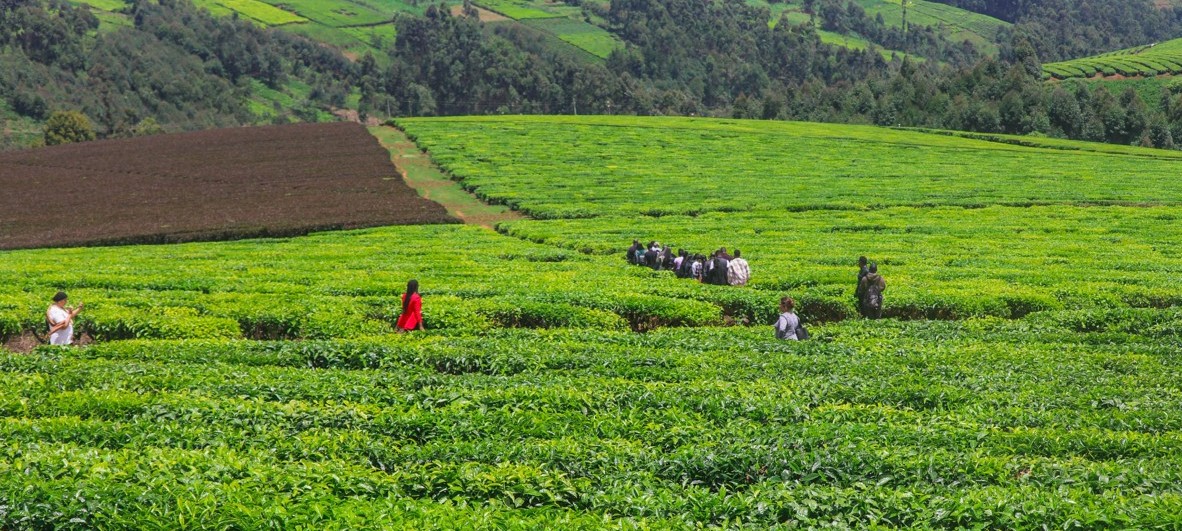White rice vs. Brown rice: Nutritionist weighs in on the health debate

Wangari explains that brown rice, a whole grain, contains the bran, germ and endosperm, making it naturally higher in fibre, magnesium, phosphorus, vitamin B and antioxidants.
In the ever-growing debate over which grain reigns supreme, brown rice often comes out on top, praised by fitness gurus and diet trends as the healthier alternative to white rice. But is the difference really that black and white?
According to Wincate Wangari, a Nanyuki-based nutritionist, the answer is more complex than most people think.
More To Read
- The science of weight loss – and why your brain is wired to keep you fat
- Surviving the next pandemic could depend on where you live
- WHO urges countries to protect health budgets amid aid reductions
- Mouthwatering differences between Somali and Swahili biryani
- Turkana moves to safeguard health with bold One Health Bill
- How to make yummy beef biryani at home
“Yes, brown rice is richer in fibre and nutrients, but that doesn’t automatically mean white rice is unhealthy. It depends on your individual needs, lifestyle, and how the rice is prepared and eaten,” says Wangari.
Nutritional comparison
Wangari explains that brown rice, a whole grain, contains the bran, germ and endosperm, making it naturally higher in fibre, magnesium, phosphorus, vitamin B and antioxidants.
White rice, by contrast, has the bran and germ removed during processing, resulting in a softer texture and longer shelf life but lower nutrient content.
However, Wangari points out that in many countries, white rice is fortified to reintroduce essential nutrients such as iron and folic acid.
“White rice is not empty calories,” she says. “It’s often enriched and still provides a good source of energy.”
While the fibre in brown rice is beneficial for many, it can be problematic for others.
“For people with sensitive stomachs, or those recovering from illness, white rice may be more suitable,” Wangari explains. “This is because it is easier to digest and less likely to cause bloating.”
She adds that young children and older adults often tolerate white rice better due to its soft texture and digestibility.
Wangari also highlights phytic acid, a compound found in both brown and white rice, though in lower amounts in white rice, which can bind to minerals such as iron and zinc, making them harder for the body to absorb.
“If someone is already at risk of nutrient deficiencies, such as iron or zinc, too much unsoaked brown rice could contribute to the problem,” she warns.
To reduce this effect, she recommends soaking brown rice for several hours before cooking, or opting for other whole grains such as millet or quinoa.
However, brown rice also contains higher levels of GABA (gamma-aminobutyric acid), especially when germinated, which may help promote better sleep and relaxation.
In many homes in Eastleigh and across Kenya, rice is a staple, particularly white rice, which is affordable, accessible, and often served with nutritious accompaniments such as beans, lentils, potato stew, sukuma wiki or cabbage.
“Health isn’t just about nutrients,” Wangari says. “It’s about what’s realistic, sustainable, and culturally meaningful. For many local families, white rice forms part of a balanced diet when paired with protein and vegetables.”
Wangari believes both white and brown rice have a place in a healthy diet, but moderation is key, since rice can be difficult to digest.
She also emphasises the importance of soaking rice before cooking, a practice particularly beneficial for brown rice, which retains its bran layer and therefore contains higher levels of antinutrients such as phytic acid.
Soaking initiates enzymatic activity and activates natural processes such as fermentation and slight germination, which can significantly reduce phytic acid levels. This reduction is critical because phytic acid strongly binds to minerals such as iron, zinc, magnesium and calcium, making them less available for absorption in the human digestive system.
By breaking down phytic acid through soaking, the body can better access these essential nutrients, leading to improved mineral uptake and enhanced digestive efficiency.
Additionally, Wangari notes, soaking softens the rice and shortens cooking time.
“It’s not about choosing one over the other. It’s about how you prepare your food, what you pair it with, and your individual health goals.”
“The healthiest grain is the one that fits your plate, your culture, and your body,” she says.
Top Stories Today











































